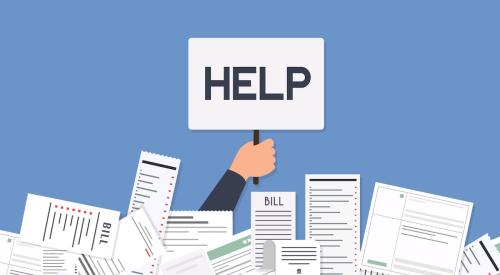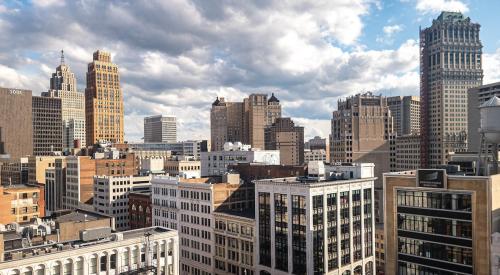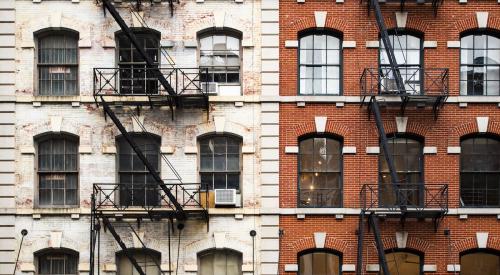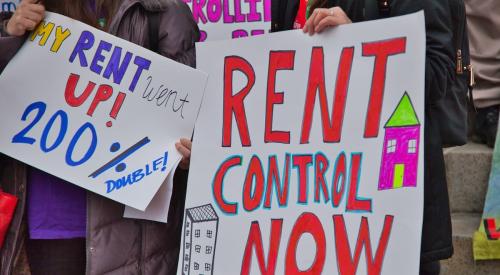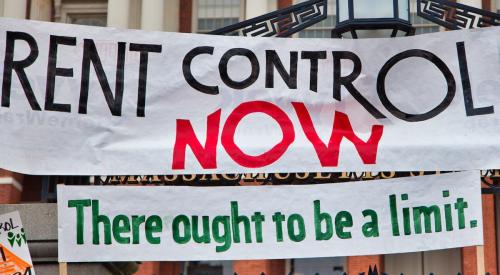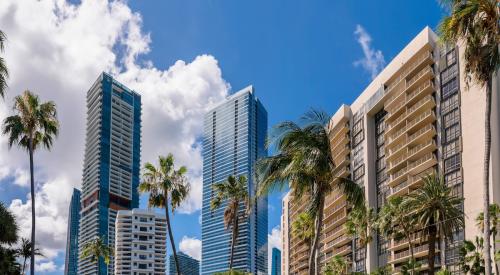In response to a worsening housing affordability crisis, state legislatures across the country have introduced more than 60 rent-control–related bills, adding to a number of rent regulations already implemented by over 200 local governments, Forbes reports. While enacted under the guise of preserving affordability and benefiting cost-burdened tenants, rent control also acts as a deterrent to develop new rental stock by reducing its return on investment (ROI).
Additionally, existing rent regulations in costly metros such as New York City often don’t include income tests, so those who actually need rent protection are frequently left without that support, while those who can afford hefty rent hikes are able to easily secure rent-stabilized units.
Rent regulation in its current form in New York City, has no income test, which means that anyone can live in a rent-stabilized unit. Of the City’s 1 million rent stabilized units, some are occupied by lower-income individuals and families that need assistance, but some are not. Therefore, the pressure on rents for free-market units (only 45% of the City’s total rental units) is substantially higher than it would be without regulation. Most concerning is the Housing Stability and Tenant Protection Act (HSTPA) of 2019, which introduced additional regulations for rent stabilized apartments.

